Design Thinking Process – Definition, Methodology and Principles
If the design thinking process isn’t exclusive to designers, however, why do we call it design thinking to begin with? What is so special about the design thinking that makes it relevant to other areas? The reason is that there is something special about the thought and work processes that designers go through that we can use in other contexts. We can use the same techniques to learn, apply, teach, and systematically create stuff while being innovative and creative about it. We can use the same principles in just about everything we do, from our businesses to our entire lives.
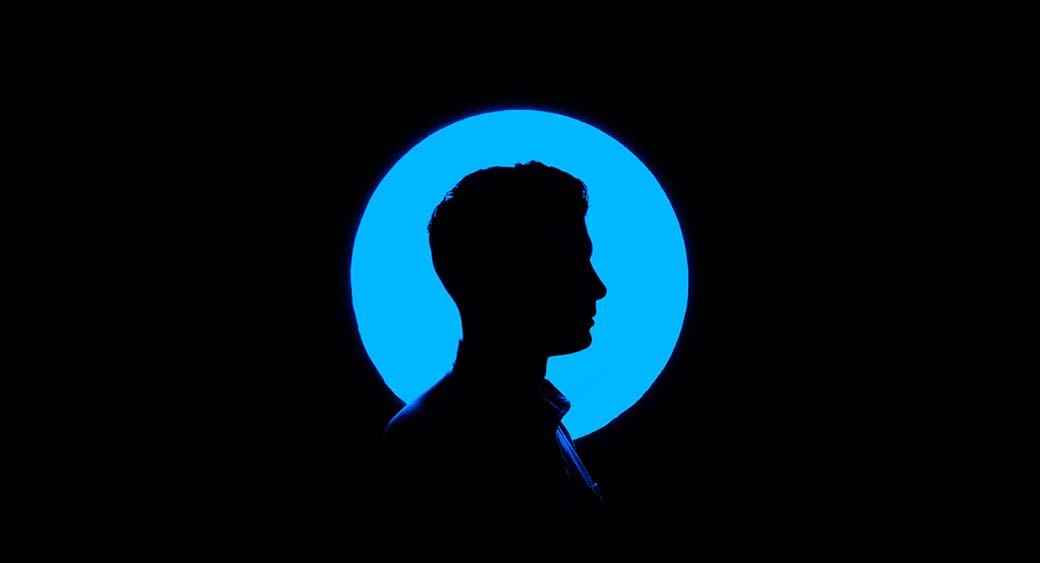
Some of the most popular brands in the world, including Apple, Google, Samsung, and General Electric have adopted design thinking as a cornerstone of their processes. The whole approach of design thinking is being taught en masse in universities like MIT, Harvard, and Stanford. It is becoming apparent to the world’s greatest minds that the design thinking process is the future of the world. But what, exactly, is the design thinking process? What is this phenomenon that is taking the world by storm?
The design thinking process is, at the very heart of it, an iterative process. We go through refinement after refinement as we try to understand the problem, the user’s needs, and our own assumptions, challenging them where we can in order to better improve our method of thinking.
In the process, we not only find solutions to our problems; we also find alternative solutions and strategies that we may not instantly notice upon studying the problem for the first time.
In fact, any design thinking definition that adequately covers the concept gets this right. It’s not just about seeing a problem and finding a solution to it according to the strategies we already know; it is also about gaining a deeper understanding of the problem and abstracting it to a general group of problems for which we can find all the available solutions. From there, we can turn it into a system of solving certain types of problems. But that is where it has to start; as a design thinking kind of problem. It’s also human-centered in that we aren’t just focused on the problem here; we’re also focused on the user and want to develop some empathy with them.
Design Thinking Principles
Design thinking principles involve a lot of questioning. We question everything; the problem, our own assumptions, the assumptions of the user, and the implications that stem from our assumptions and the nature of the problem. The design thinking process is very useful when we meet novel problems that we have not encountered before.
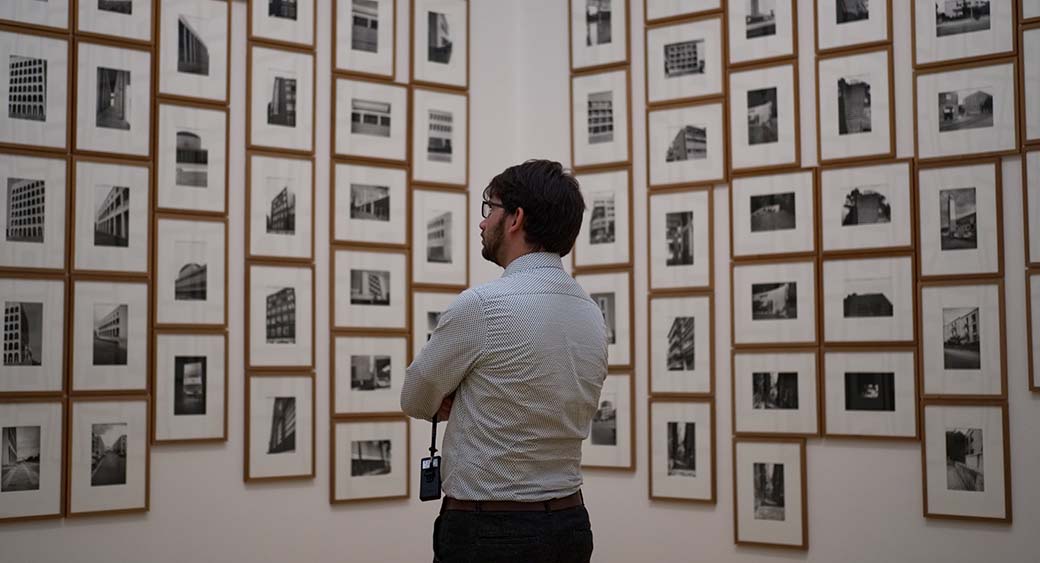
When we meet the unknown, it proves to be the most effective way to deal with problems. We basically take the problem and reframe it in a very human way. We brainstorm and generate ideas in the process. We take on a hands-on approach and create prototypes, which we then test. In the process, we experiment, prototype, test, sketch and try out every kind of idea and concept. We continue on and on like this in a bid to find the different kinds of solutions that exist for the problem.
Phases of Design Thinking Process
The Hasso-Plattner Institute at Stanford University’s design thinking definition breaks down the design thinking process into 5 design thinking steps or stages. These stages do not have to take place in order, and so you do not have to approach them in that manner. You can even do them in parallel sometimes and repeat one or more of them multiple times. In that sense, these methods are not really a recipe; rather they are more modes for a project.
The 5 stage design thinking methodology is as listed below.
- Empathize
- Define
- Ideate
- Prototype
- Test
Empathize
This is the very first stage of the design thinking process. Though let us remember that it isn’t always the first stage, seeing as the stages of the design process are not sequential. It is the stage at which we seek to understand the problem we’re trying to solve in an empathic manner. At this stage, we will consult the experts in order to learn more about the particular problem. We will also seek to learn more about it through such things as engaging with people, empathizing with them, and observing them in order to gain a deeper understanding of what their experiences are like and what motivates them to be who they are and do what they do.

You will also typically immerse yourself in the actual environment of the person or the problem at this stage in order to gain a better understanding of the issues that are involved. It’s pretty important to develop empathy in the design thinking process because the whole process is supposed to be centered on the human experience. But it goes far beyond that. When we get outside of ourselves and become empathic of another person, we are better able to get rid of our own assumptions and make a genuine effort to understand a user and their specific needs.
There may, of course, be time constraints during this stage and so the gathering of information is contingent upon this. However, the idea is to gain as much information as you can during this stage that you will use in later stages. It helps you to more deeply understand the user, the user’s needs, and the problems that are particular to the particular product being developed.
Define
The next step in our design thinking methodology is to define the problem of the design thinking process. In this stage, you take all the information that you gathered and created during the empathize stage and you put it together. You take your observations and perform some analysis in order to synthesize all the information you have. You can then define the central problems that have been identified by you and your team so far. You can then define the problem in the form of a problem statement in a manner that is human-centric.

The point about defining the problem in a human-centric manner is very important. For example, say you want to increase the market share of your shoes and belts among teenage boys. You shouldn’t state the problem as increasing your market share in shoes and belts among teenage boys by a certain percentage. That doesn’t treat the teenage boys as an important part of the problem. Instead, you should define it as teenage boys needing a better way to express themselves and therefore need fashion products that are better tailored to them.
The Define stage is very important as one of the design thinking principles in that the designers get the opportunity to brainstorm ideas and establish functions, features, and different other elements that give them the ability to solve the problem. Alternatively, the designers will be better able to help the users to solve their own problems without experiencing too much difficulty. In this stage, you will begin to make progress to the third stage, the Ideate stage, by asking plenty of questions which eventually lead on to the generation of solutions and ideas. In the example above, you can ask questions like “How is it possible for us to get teenage boys to express themselves better in terms of their fashion and say what kind of clothes they like?”
Ideate
This is the third stage of your design thinking steps and so it is all about brainstorming and generating as many ideas as you can. At this point, we can safely assume that you have grown a lot through the process and have gained some in-depth understanding of your users and their special needs.
- You have the problem on your fingertips and you’ve stated it in such a way that it is centered on the human being and not some metrics or your product.
- There is a proper background off of which to build your ideas.
- You can now begin to think outside the box and look for new and innovative solutions to the problem that you have defined.
- There is an opportunity to, for example, turn it around in your mind and look at it from different perspectives.
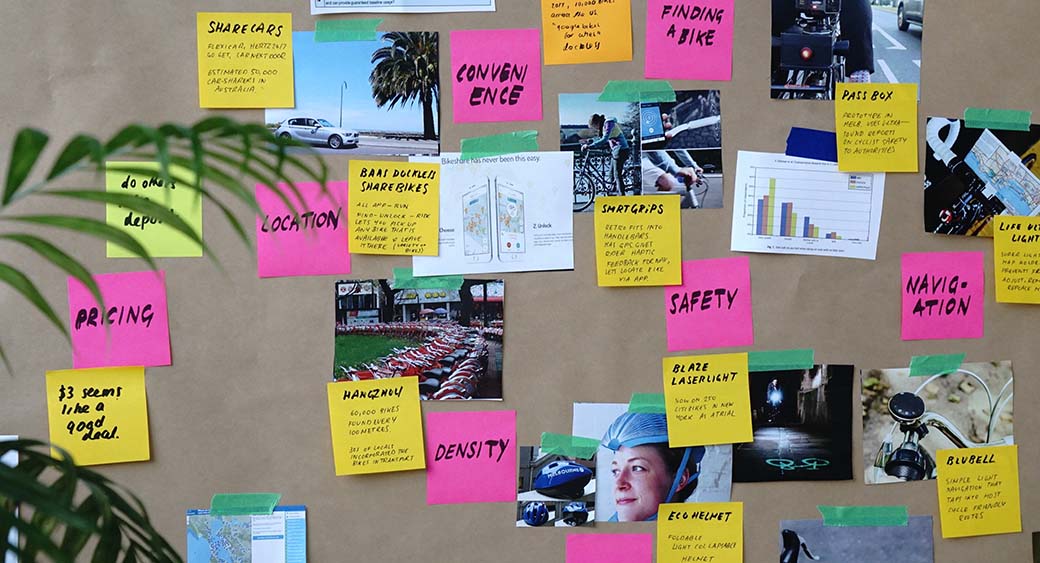
Actually, when it comes to techniques for ideation, there are hundreds that you can use to your advantage, such as the SCAMPER method, the Worst Possible Idea method, and so on. The best methods for stimulating the team to think freely are the Worst Possible Idea method and the Brainstorm method, which allow the team to expand the context of the problem in order to go farther than what is immediately obvious.
At the beginning of the process, it is important that you come up with as many solutions and ideas for solutions as possible in order to have better opportunities to find solutions that are both innovative and effective later down the road. You should also try as many ideation techniques as you can, going for more and more specialized techniques after you have already worked on developing ideas at the beginning of the phase. These more specialized ideation techniques will help you test the ideas you have already developed and find the best solution to your problems or at least find ways to go around the problem in delivering the needs of the user.
Prototype
Now that you’ve developed lots of ideas and, hopefully, have found one or more that seem to be viable in the long run, it is time to produce scaled down and inexpensive versions of the product, or at least some of its features. This is what we call the prototype. The whole point of developing a prototype is to test the problem solutions that you came up with in the Ideation stage. Prototypes also do not have to be shared and tested just within the team; the team can share them with different departments, a small test group of people, or other design teams from unrelated industries.
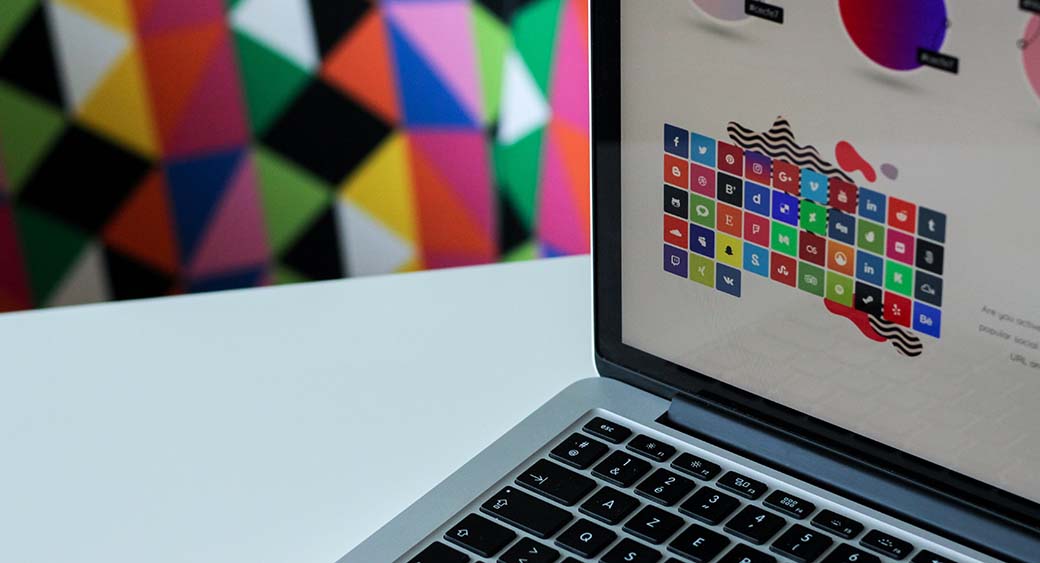
The prototyping phase is all about experimentation and is central to effective design thinking methodology, and so what you’re looking to do is find the solution that works best from among the ones you generated during the Ideation stage. The solutions that you shortlisted are turned into prototypes, one by one, and then they are investigated and either accepted, improved, or reevaluated and perhaps even discarded for not being effective enough.
Ultimately, even if they work, they might still be rejected if the users do not like them or have a bad experience with them. By the time this stage is done, the design team will better understand what constraints they are facing and also the exact nature of the problems that they are facing. They will also face much better clarity in terms of how real life users would experience the product and what they would feel, think, and behave like as they interacted with the product.
Test
This is ideally the final of the design thinking steps. It is the stage where the shortlisted ideas and solution have all been prototyped and shortlisted even further. You now have your best solutions on the table and you are ready to test them rigorously and for a complete product out of them.
Note that, even if this is the final stage of the process, it doesn’t have to be. It could be iterative, whereby the results we get from one test are used to redefine the problems we thought we were facing and also to gain a better understanding of our users. During this phase, you will still likely make lots of refinements and alterations to your ideas and solutions, which means going back to prior stages every now and then in order to rule out some solutions and even problem statements.
Eventually, your understanding of the users, their needs, and the problems you’re facing become so deep that your product truly approaches perfection.
Preconceived Notion and the Problems It Presents to Design Thinking Process
Sometimes, the best way to understand what something is to first seek to understand what it is not. This paradigm can be applied to the design thinking process with success.
As human beings, we are naturally predisposed to patterns. We model our thinking on patterns and through the repetition of patterns and behaviors we come up with heuristics that help us to expediently solve our problems. Eventually, it gets easier to pass on knowledge to the rest of the community and knowledge becomes a common resource because it has been standardized, through the use of patterns, to become easy to understand for every member of the community.
Schema
When knowledge becomes shared like this, it is much easier for people to apply the same kind of design thinking process procedures and knowledge to situations that are similar to some given template. They can do it quickly and effectively. However, there is a downside to this system of solving problems. We might be prevented from finding new ways of looking at, understanding, and solving problems in general. When we think in terms of ingrained patterns, what we’re really following are called schemas. A schema is simple an organized set of information that also catalogs the relationship between thoughts, actions, and things in general. They are initiated in the mind and stimulated whenever we come across some kind of predefined stimulus in our external environment.
A single schema can contain just a small amount of information and, at the same time, it can contain a large amount of information. Consider, for example, our schema of an animal like the cat. That schema contains such information as four legs, sharp teeth, some fur, paws, claws, a tail and so on. There are a lot of characteristics that we can readily perceive in a cat that is contained in our schema for the cat. When we come across some phenomenon in the environment that matches the schema in our heads in terms of what the cat is, we recognize that as a cat.
Schema Uses
Interestingly enough, the stimulus does not have to match every single part of the schema. There might be a missing paw, a shorter than normal tail, and so on, but we would still recognize it as a cat. The pattern of thought that we associate with a cat is established in our minds as long as some bare minimum of matches is met. What that bare minimum is, of course, is the subject of controversy and massive debate and the solutions to these problems may even help us develop better artificial intelligence, particularly in the area of image recognition.
Since schemas are stimulated automatically, it can become harder for us to see the problem in its context and study it without having any assumptions in order to find the most suitable solution for the situation. That is the problem of the preconceived notion. Because we already have some schema in our minds, it is much harder for us to shake it off and see everything with new eyes, so to speak. When you manage to shake off your schema and see the problem as if you were seeing it for the first time and had no prior assumptions about it, the process you go through, even as you come up with new and innovative strategies for solving the problem, we say that you are thinking outside the box.
Burdened Mind vs the Empty Slate Mind
Everyone knows that thinking outside the box is pretty helpful when it comes to innovating and coming up with creative solutions to our problems. It can lead to some pretty smart ways out of sticky places. It’s not easy to think out of the box, though, because we have already developed natural patterns throughout our lives based on things we repeatedly do and the common knowledge we have accessed in our societies.
The Story Behind
There is a story about a truck. The truck driver was trying to drive under an especially low bridge. He was unable to and the truck became lodged under the bridge and couldn’t move. The driver could neither reverse no push the truck forward.
According to popular accounts of the story, there were massive issues caused by the problem. Engineers, firefighters, emergency personnel, and even other truck drivers gathered round to look at various possible solutions that would help get the truck out from under the bridge. There were heated debates about how exactly to go about it. Should they chip away parts of the bridge or should they dismantle some parts of the truck? Everyone’s solutions, understandably, were based on their own level of expertise and understanding.
A boy happened upon the scene and saw the debate going on. He looked at the bridge, the truck, and the road, and then said, almost in a bored tone that they should probably just let some of the air out of the tires. All the experts and specialists at the scene were amazed, to say the least.
They tested the solution and it was very easy for the truck driver to drive the truck out from under the bridge. The only damage that the truck suffered was the initial damage it had suffered when it first got stuck under the bridge.
Solution
The whole point of this story is that sometimes it becomes impossible for us to see the most obvious solution to the problem because we have imprisoned ourselves within our own patterns of thinking.
Of course, it is very difficult for us as human beings to keep challenging our own assumptions as well as those of others. It is even harder for us to challenge what is popularly known as common sense and the patterns already set around us. The reason is that we typically rely on these patterns to avoid having to start from scratch whenever we seek to build knowledge.
Most of the time, the everyday processes we take part in happening subconsciously, such as walking, eating, and so on. However, these subconscious patterns can carry themselves on to our work and private lives, making it difficult for us to objectively assess challenges. This problem is most prevalent among the specialists and the experts, who are deeply entrenched in their patterns of thought. It can be very hard for them to start questioning all the knowledge they’ve built in their lives.
Design Thinking Process – Final Words
When you do find it in yourself to take stock of your own assumptions, however, and evaluate them, and even venture to discard them and start from scratch every once in a while, systematically applying design thinking principles as you go, you will discover a whole new world that you had been blind to before but had been right under your nose.
“You might be thinking that the design thinking process is something only designers have to think about. It’s something that’s there in all fields of knowledge, whether music, art, engineering, science, and business,” says Angeline Po, the creative director at assignment writing service. She says she goes through the design thinking process every single day and it is what helps her maintain the competitive advantage of her company. I am more than sure, that you communicate the feeling and will also share some of the points discussed in this article in your work.


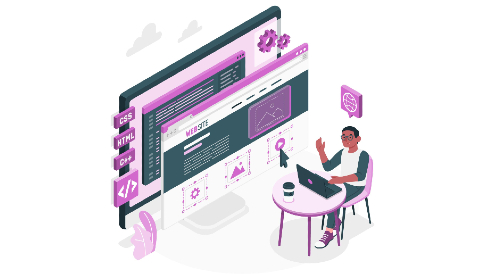
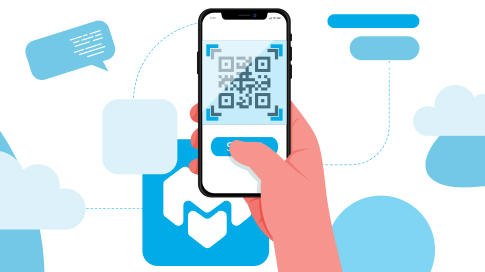
Leave a Reply